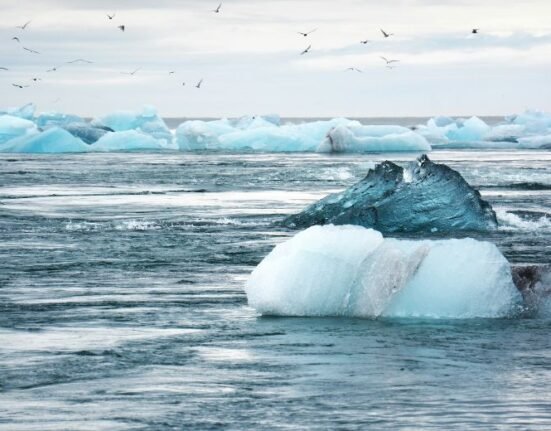HQ Team
August 9, 2023: The month of July was the highest warm period, since pre-industrial times, a record 1.5C more than the average for 1815 to 1900, according to the UN.
“The global average temperature for July 2023 is confirmed to be the highest on record for any month,” said Samantha Burgess, Deputy Director at the European Commission’s Copernicus Climate Change Service.
The whole month of July was marked by heatwaves “in multiple regions around the world,” Ms Burgess told journalists in Geneva, according to a UN statement.
Based on data analysis, known as proxy records, which include cave deposits, calcifying organisms, coral, and shells, scientist Ms Burgess said that it “has not been this warm for the last 120,000 years.”
Satellites, ships
All the reported findings were based on computer-generated analyses using billions of measurements from satellites, ships, aircraft, and weather stations around the world.
Records were also broken for global sea surface temperatures, after “unusually high” temperatures this April that led to the ocean surface warming in July to some 0.51C above the 1991-2020 average.
There was a “98% likelihood” that one of the next five years would be one of the warmest on record, the UN World Meteorological Organization’s, Chris Hewitt, Director of Climate Services, said.
Mr Chris said there was a 66% chance that the 1.5C threshold above the pre-industrial value would be exceeded in this timeframe, and this would likely be a “temporary” change.
Dire effects on people, planet
The record-breaking heat will have “dire consequences for both people and the planet exposed to ever more frequent and intense extreme events”, Ms. Burgess warned.
“It shows the urgency for ambitious efforts to reduce global greenhouse gas emissions, which are the main driver behind these records.”
Heatwaves were experienced in multiple regions of the Northern Hemisphere, including southern Europe. Well-above-average temperatures occurred over several South American countries and around much of Antarctica, according to the WMO.
In July, global average sea surface temperatures were 0.51°C above the 1991-2020 average.
Antarctic sea ice extent continued to break records for the time of year, with a monthly value 15% below average — by far the lowest July extent since satellite observations began.
La Nina
WMO’s Mr. Hewitt said that it was also important to note that 2015 to 2022 were the “eight warmest years” according to readings going back at least 170 years, despite prevailing La Niña conditions in the Pacific Ocean that “tend to reign in the global average temperature and suppress them slightly”.
“The long-term warming trend is driven by continued increases in concentrations of greenhouse gases in the atmosphere” which have all reached record observed highs, according to the WMO.
“The warmest year on record so far was 2016 and that particular year was associated with a very strong El Niño event on top of the long-term warming of the climate system,” Mr Chris said.








